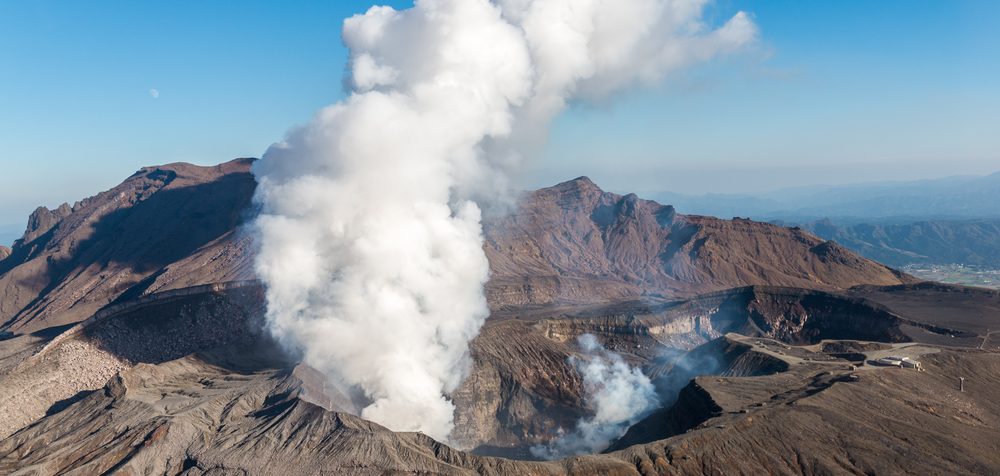
Researchers at the University of Sheffield in England have developed an inexpensive and low-power camera for the long-term measuring of sulfur dioxide (SO2) emissions from volcanoes.
Monitoring volcanic gas emissions is critical as they can pose environmental and health risks to nearby communities. It is also important for hazard forecasting, as changing emission levels are usually indicative of changes in the volcano’s activity.
The team states that the new SO2 camera – which costs approximately $5,000 – is more effective in the field than previous models that cost more than $20,000. Some of the camera parts are built using 3D-printing, to further reduce costs.
“Our instrument uses a sensor not dissimilar to smartphone camera sensors. It is modified to make it sensitive to ultraviolet light, therefore enabling SO2 detection,” said Dr. Thomas Wilkes, lead author of the study.
The camera’s power consumption is low, an average of 3.75 Watts – about half of what was needed to power systems currently in use. This would be especially beneficial at sites with little solar power available. The camera runs on fewer or smaller solar panels or batteries than other systems, further reducing the overall cost.
The team has noted, however, that there are some limitations of SO2 cameras: “They are dependent on meteorological conditions and work best under clear blue skies when the volcanic gas plume moves in a 90-degree angle to the viewing direction of the camera.”
However, according to Wilkes, “the SO2 camera can provide higher time- and spatial-resolution data which could facilitate new volcanological research when installed permanently. Before now, only three volcanoes have had permanent SO2 cameras installed on them. Discrete field campaigns have been carried out, and whilst they can be invaluable for a range of research questions, it is important to be able to measure volcanic activity continuously, since it can vary substantially from minutes to decades to centuries and beyond.”
